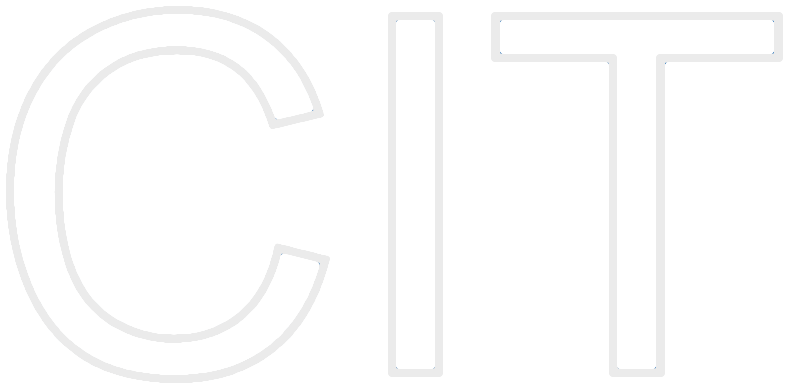Chapter 10: Mapping Models to Code
 |
|
Abstract
If the design pattern selection and the specification of class interfaces were done carefully, most design issues should now be resolved. We could implement a system that realizes the use cases specified during requirements elicitation and system design. However, as developers start putting together the individual subsystems developed in this way, they are confronted with many integration problems. Different developers have probably handled contract violations differently. Undocumented parameters may have been added to the API to address a requirement change. Additional attributes have possibly been added to the object model, but are not handled by the persistent management system, possibly because of a miscommunication. As the delivery pressure increases, addressing these problems results in additional improvised code changes and workarounds that eventually yield to the degradation of the system. The resulting code would have little resemblance to our original design and would be difficult to understand.
In this chapter, we describe a selection of transformations to illustrate a disciplined approach to implementation to avoid such a system degradation. These include optimizing the class model
- mapping associations to collections
- mapping operation contracts to exceptions
- mapping the class model to a storage schema.
We use Java and Java-based technologies in this chapter. The techniques we describe, however, are also applicable to other object-oriented programming languages.

